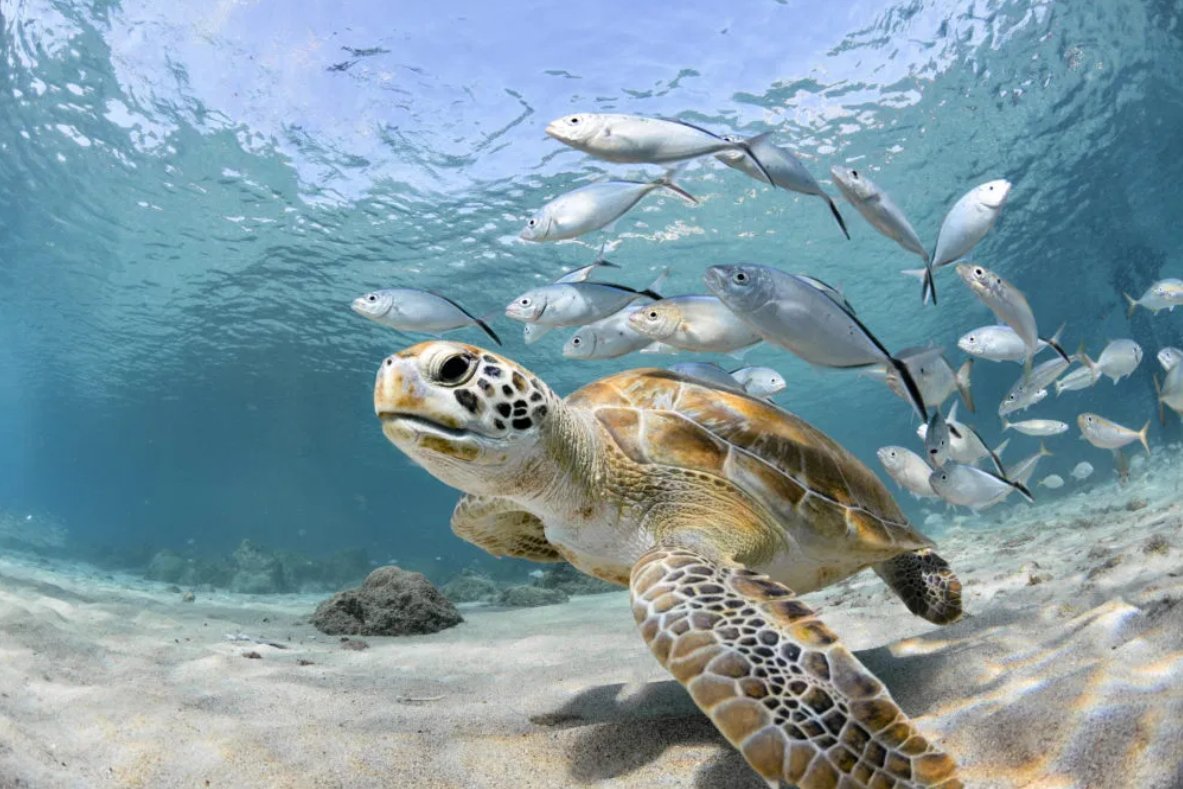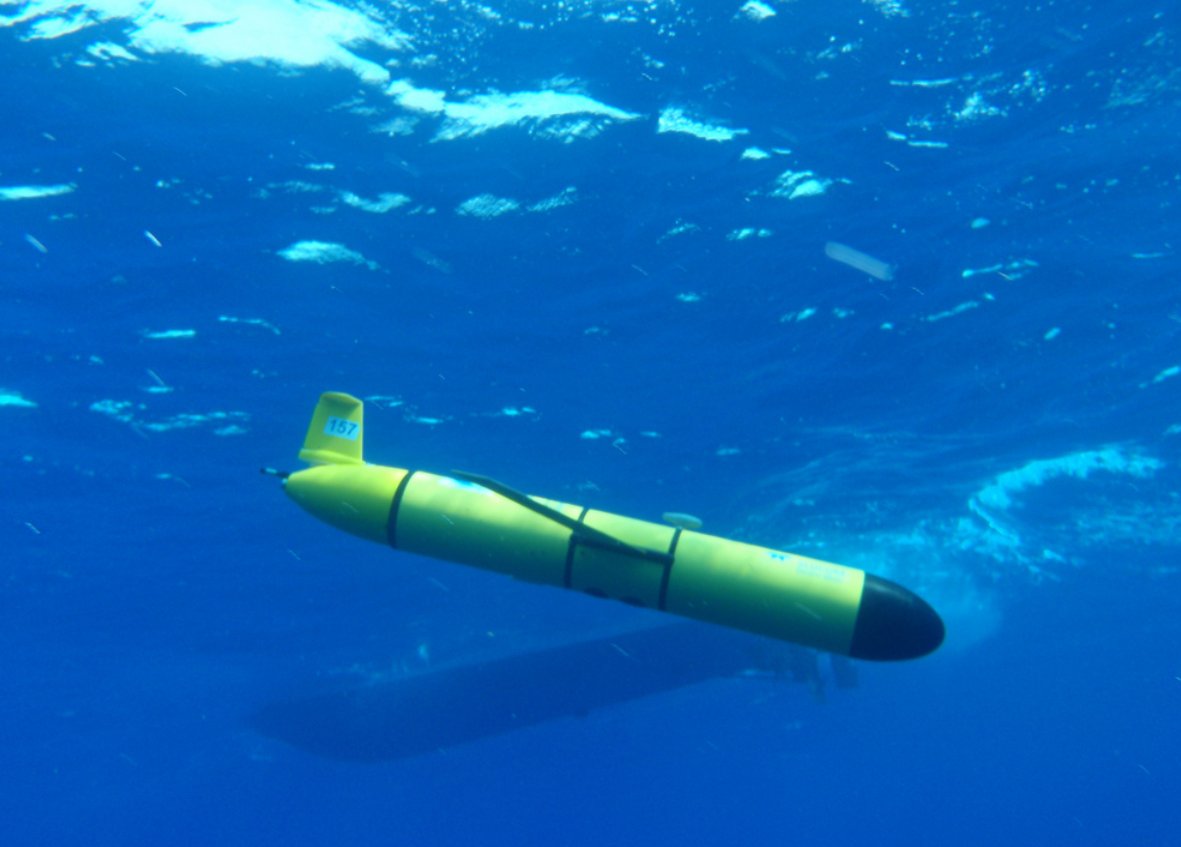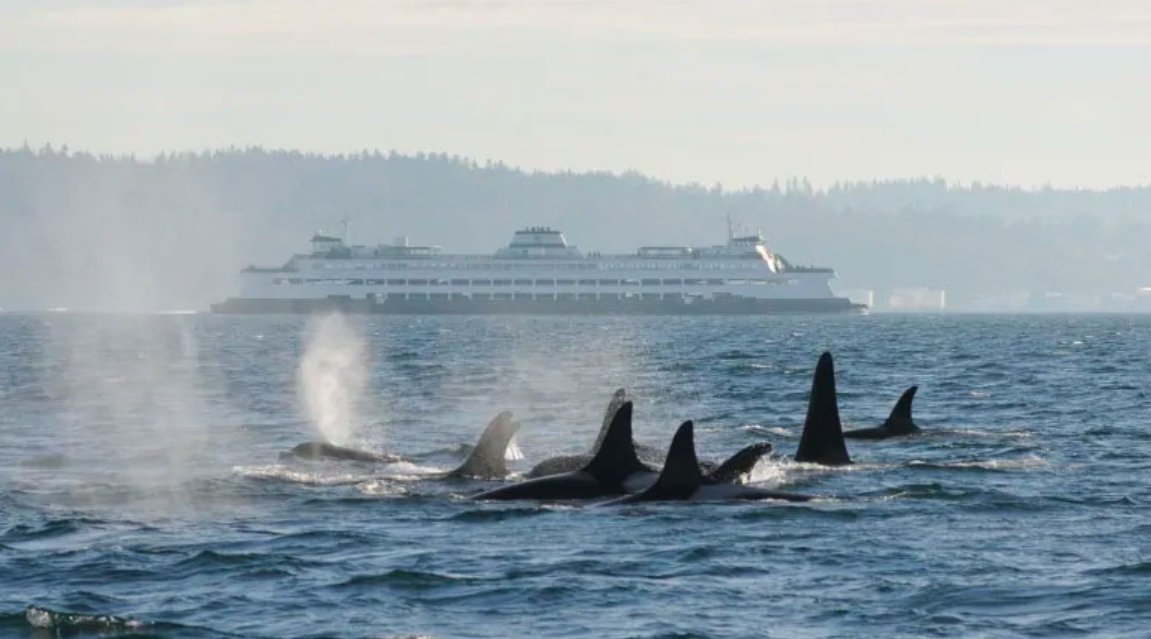As Activities Slow Down Due to #COVID19Pandemic, Scientists Assess Changes in #MarineLife Behaviour
https://weather.com/en-IN/india/environment/news/2021-04-09-scientists-assess-changes-in-marine-life-behaviour
(https://weather.com/en-IN/ind... class="Emoji" style="height:16px;" src=" https://abs.twimg.com/emoji/v2/... draggable="false" alt="📸" title="Kamera mit Blitz" aria-label="Emoji: Kamera mit Blitz">: Xinhua/Martin Zabala/IANS)
https://weather.com/en-IN/india/environment/news/2021-04-09-scientists-assess-changes-in-marine-life-behaviour
(
Travel and economic slowdown due to the #COVID19Pandemic have combined to put the brakes on shipping, seafloor exploration, and many other human activities in the ocean. This has created a unique moment to begin a time-series study of the impacts of sound on #MarineLife.
A community of scientists has identified more than 200 non-military ocean hydrophones worldwide & hopes to make the most of the unprecedented opportunity to pool the recorded data into the 2020 quiet ocean assessment. This will help to monitor the ocean soundscape in the future.
Combined with other sea life monitoring tools and methods such as animal tagging, the work will help reveal the extent to which noise in "the Anthropocene seas" impacts ocean species.
#MarineLife
#MarineLife
The highest concentrations of non-military hydrophones are along the North American coasts—Atlantic, Pacific and Arctic—Hawaii, Europe, and Antarctica, with some scattered through the Asia-Pacific region.
#MarineLife
#MarineLife
For over a century, navies have used sound to reveal submarines and underwater mines and for other national security purposes. Marine animals likewise use sound and natural sonar to navigate and communicate across the ocean.
#MarineLife
#MarineLife
"Measuring variability and change in ambient, or background, ocean sound over time forms the basis for characterizing marine soundscapes," says collaborator Peter L. Tyack, Professor of Marine Mammal Biology at the University of St Andrews, Scotland.
#MarineLife
#MarineLife
Due to #Covid19, however, "the oceans are unlikely to be as quiet as during April 2020 for many decades to come," says project originator Jesse Ausubel, Director of the Program for the Human Environment at The Rockefeller University.
#MarineLife
#MarineLife
With these, IQOE and the ocean sound research community can shed needed light on humans& #39; influences on marine life and ecosystems.
#MarineLife
#MarineLife
The existing hydrophone network covers shallow coastal and shelf areas most influenced by local changes in human activity. It also includes deep stations that can measure the effects of low-frequency sound sources over large open ocean areas.
#MarineLife
#MarineLife

 Read on Twitter
Read on Twitter







